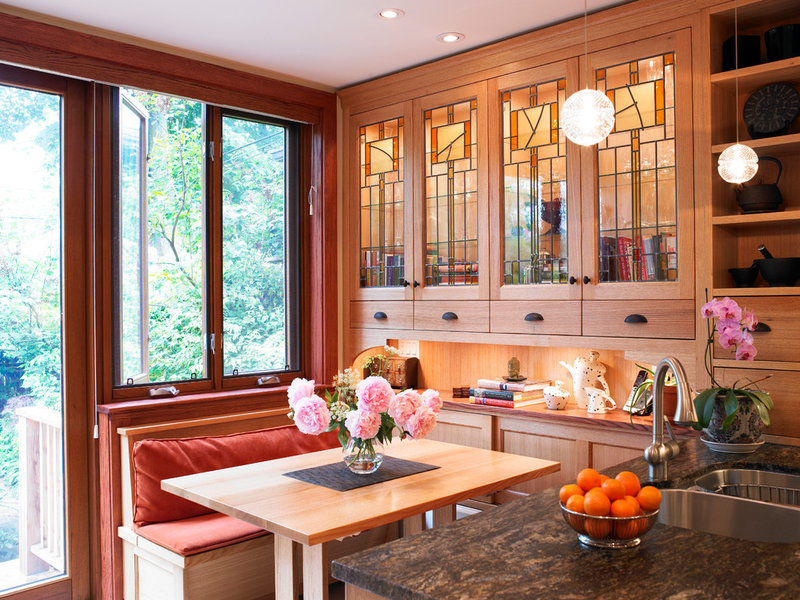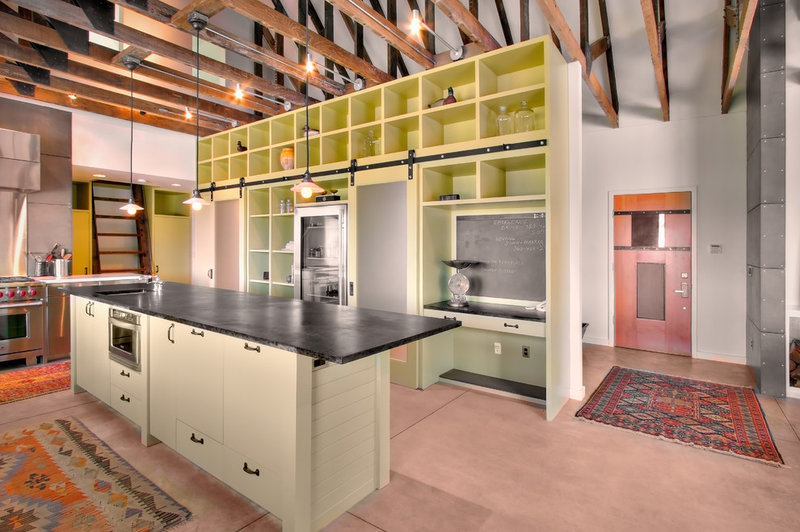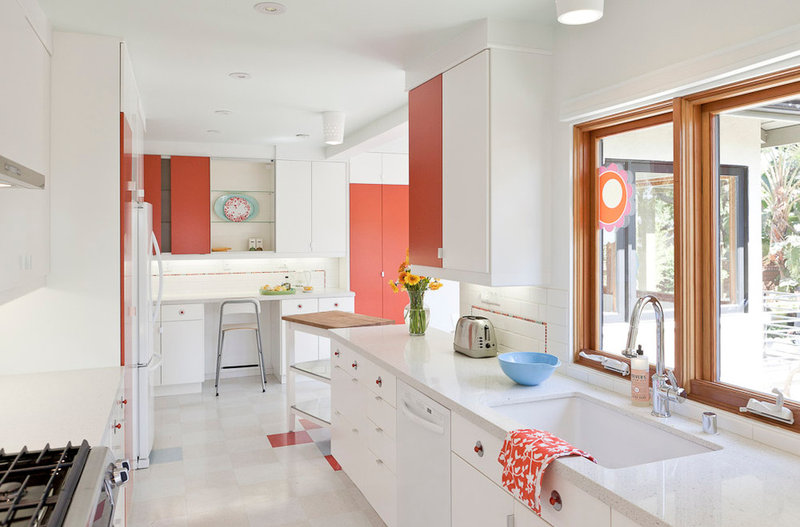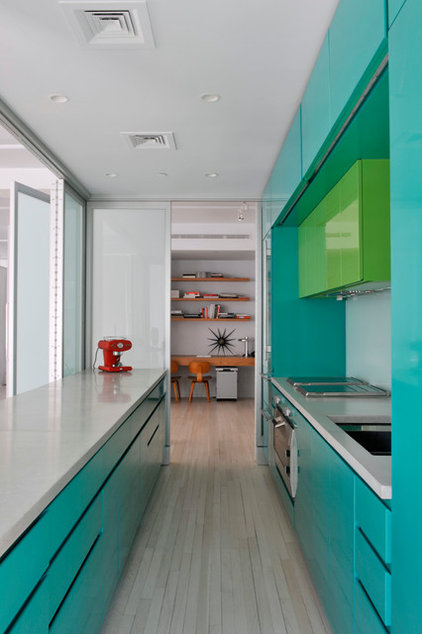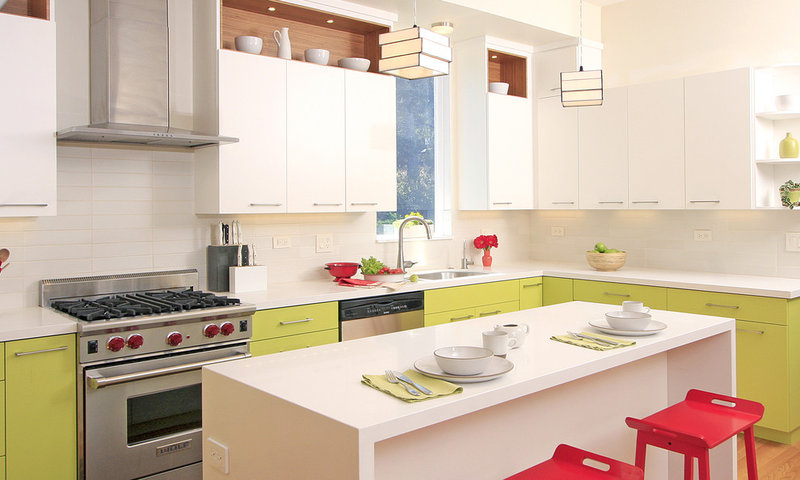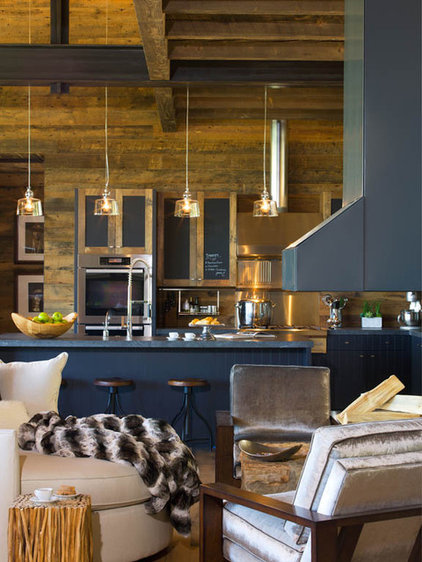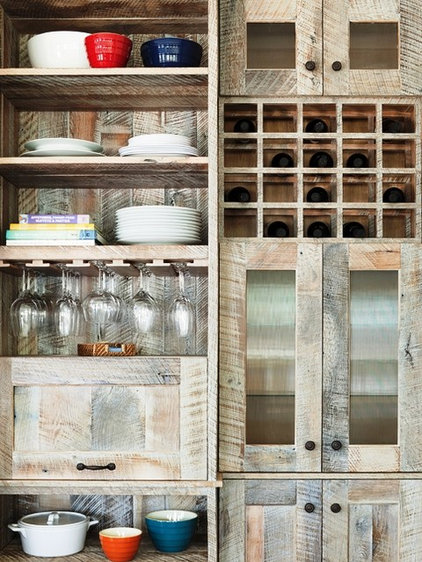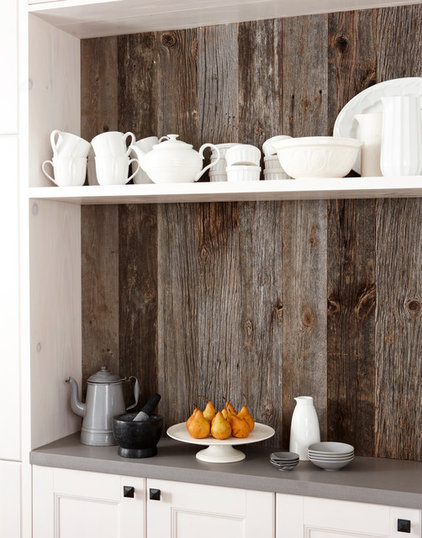The municipality is preparing for a substantial hike in people coming to live in the area in the next 30 years.
MARIA RANTANEN/TIMES / MAPLE RIDGE-PITT MEADOWS TIMES
MARCH 19, 2014 05:07 PM
Construction continues on homes in the Montgomery Acres development along 112th Street in Maple Ridge. Photograph by: Troy Landreville/TIMES
By 2031, Maple Ridge’s population – currently estimated at close to 80,000 – will spike to roughly 108,900.
The projected number is based on a study done for the District’s Official Community Plan (OCP) review, drafted in 2006.
When the District put together its regional context statement – a document that identifies how its OCP is in alignment with the regional growth strategy – Maple Ridge council revisited the population numbers.
“For 2041 it will be 118,000,” said the District’s director of planning Christine Carter. “That’s not a cap. It’s a best guess and if we don’t come anywhere close to it, it’s fine. If we exceed it by 20- or 30,000 people, that’s fine, too. It’s just an acknowledgement that we will likely hit this number.”
According to the District, its town centre area is expected to grow by close to 14,700 people during the next decade.
In part to prepare for this influx of new residents, the District adopted its town centre area plan in 2008.
“The town centre is council’s No. 1 priority and there is an expectation that the town centre will accept 50 per cent of all new growth in the District,” Carter said.
The plan focuses on adding density to the 700-acre downtown area, and to improve amenities available.
“We talked to our economist and he was saying, if you want to get commercial growth in your town centre, quit insisting that every development have a commercial component,” Carter explained. “Allow residential density. Focus on getting people to live downtown. You’ve got to get people to live in your downtown, and then the retailers will come because there’s a market.”
In 2001, there were approximately 8,000 people living in Maple Ridge’s downtown. By 2031, that number is projected to triple to 21,000 people.
More people will hopefully bring an improved transit system to the area, Carter said.
“One of the reasons council has committed to the town centre is we know that if we can get enough people living down there, we’ll get better transit,” she said. “Getting people out of their cars, giving them the option, and getting them faster routes elsewhere – because a lot of people are commuting, and they just hate it.”
The District has a vision of having SkyTrain or some equivalent of rapid transit from Haney Place Mall.
But in the immediate future, the focus is bringing a rapid bus system to Maple Ridge.
Another factor for the projected population growth in Maple Ridge is a relatively affordable real estate market.
Based on the benchmark price in February, Maple Ridge is the second cheapest area, under the Real Estate Board of Greater Vancouver umbrella, in which to buy a single-family, detached home.
The benchmark price is a relative bargain, averaging $458,400, up half a percentage point from January and 7.1 per cent higher than it was in February 2009, just after the global economic crisis.
In other parts of the Lower Mainland, prices have spun out of control, most notably in West Vancouver where the cost for a single-detached home has spiked 61.7 per cent during the past five years.
The benchmark price of a single-detached home in that community is a mind-boggling $2.15 million.
“We all know someone who sold a townhouse or a condo in Vancouver and came out here and bought a house,” Carter said. “And those are the people who are having kids and living here.”
Sandra Wyant, president of the Real Estate Board of Greater Vancouver and a local realtor for the past 23 years with Re/Max LifeStyles Realty, said Maple Ridge is becoming a much sought-after area, especially for first-time home buyers.
“We now have buyers coming from south of the river who would never even consider this area before,” Wyant said.
“Low price points” bring house hunters to Maple Ridge, especially with the recent change by the provincial government to the property transfer tax, Wyant added.
Another dangling carrot for newbie home owners: first time home buyers can qualify for a full exemption on the property transfer tax if the property they’re buying is worth $475,000 or less if registered on or after Feb. 19, 2014 and is 1.24 acres or smaller.
But with fewer detached homes available comes demand and multiple offers from buyers, Wyant noted.
© Maple Ridge-Pitt Meadows Times




 Subscribe with RSS Reader
Subscribe with RSS Reader















